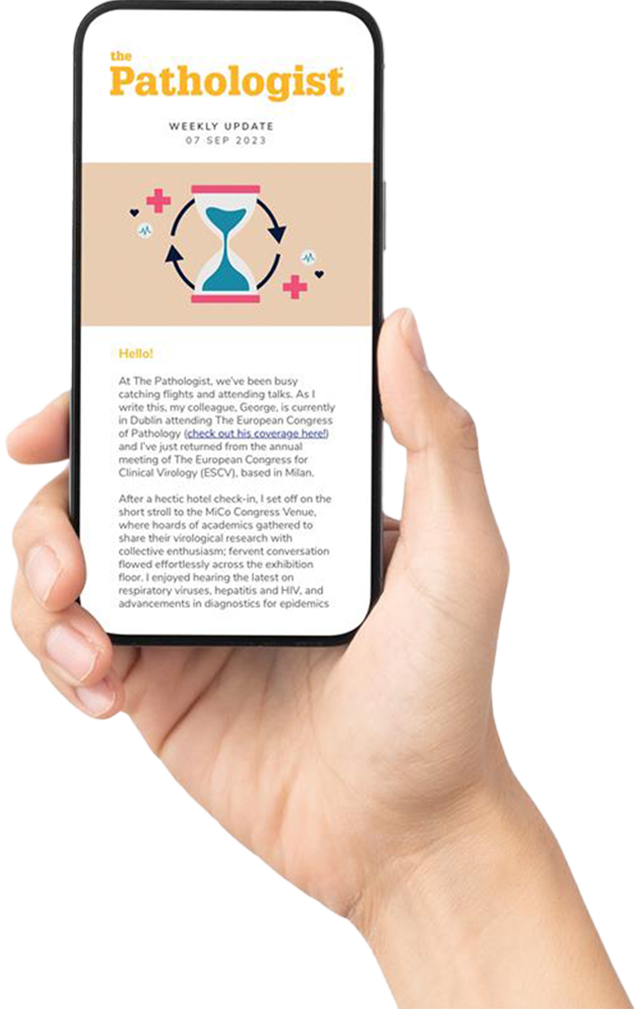Clinical laboratories are undergoing a substantial revolution. Within a few decades, the laboratory will be nearly unrecognizable. Where we have physical and theoretical walls that separate different areas of the lab, such as chemistry from microbiology, hematology from urinalysis, and bacteriology from virology, the labs of the future will no longer be in these silos. The virology laboratory offers one of the best examples of technology driving these barriers down. While virology labs previously performed laborious and time-intensive cell cultures, many turned into molecular labs, with polymerase chain reaction (PCR) as the mainstay of the diagnostic techniques. It was necessary to separate these labs into three areas: pre-PCR, where patients’ samples were processed and nucleic acids were extracted; PCR, where the actual amplification of nucleic acids took place; and post-PCR, where further analysis of the amplicons was performed. This separation minimizes the risk of contamination from one PCR reaction to another; since so few nucleic acid strands are necessary to begin an amplification process, contamination was a very real and dangerous risk.
Now manufacturers offer entirely closed systems. This means that once a patient’s sample is in the reaction cartridge, it remains sealed through all the extraction and amplification steps, substantially reducing the risk of contamination. Post-amplification analysis also occurs within the instrument, and an associated computer software program delivers a result, which minimizes the need for specialized expertise and allows moving these assays out of molecular labs and into other laboratory sections. Breakthroughs such as these require us to change our way of lab organization. Similarly, many PCR platforms are random-access, so the sample can be placed on the instrument at any time – if there is an open place for it. Since these samples require very little up-front processing (no separate nucleic acid extraction steps), there is no need to batch these in groups in order to maximize workflow efficiency, as was done in the past. In addition, many platforms include all of the controls and reagents needed in each disposable cartridge, so you can perform the tests as they arrive in the lab.
This leads to another aspect of laboratory management: hours of operation. In the “olden” days of batch testing, manual steps and long turnaround times, it made sense to operate labs only during business hours. The idea being if a test takes 10 hours, why perform it stat? Getting a result in 10 hours is probably not much better for patient care than getting a result in 20 or 30 hours. However, with these new molecular tests, where results can be available in as little as 30 to 60 minutes, it doesn’t make sense to wait until Monday morning to run a test that could have produced results which could have been acted upon Friday at 6 pm. The commonly used molecular test for Clostridium difficile, a highly contagious diarrhea-causing bacterium, exemplifies this approach. Random-access PCR testing enables extremely rapid, highly sensitive and specific diagnosis of this organism, allowing treatment and infection control practices to start almost as soon as the symptoms begin. In summary, today we have molecular tests that are random-access, very fast, closed systems that require minimal technologist hands-on time, almost no analysis, and contain onboard reagents and controls. What does this resemble in our current lab environment? These platforms fit perfectly into what we now consider our core lab, and I believe that future labs will no longer carry distinctions between different areas, such as chemistry, virology, bacteriology, and urinalysis. In my view, as more and more testing continues to become entirely automated using PCR or other methods, we need to be ready to completely overhaul our approach to laboratory organization.




